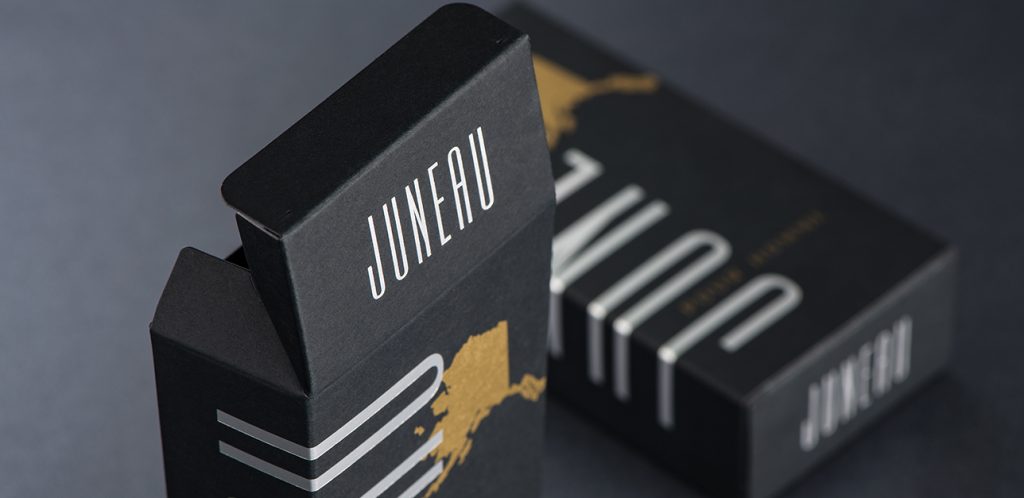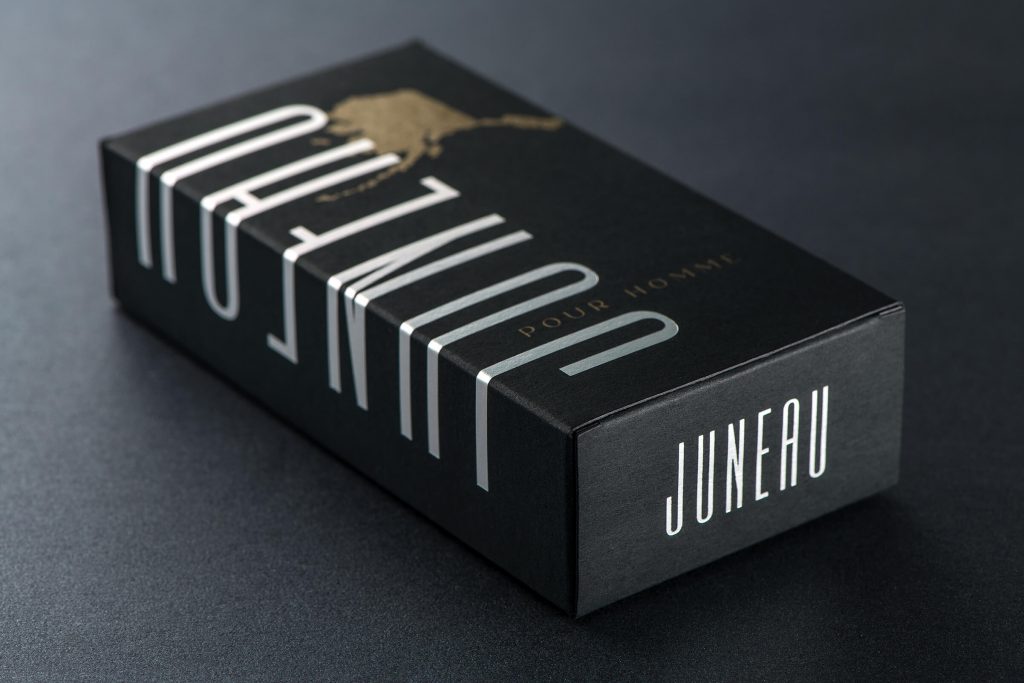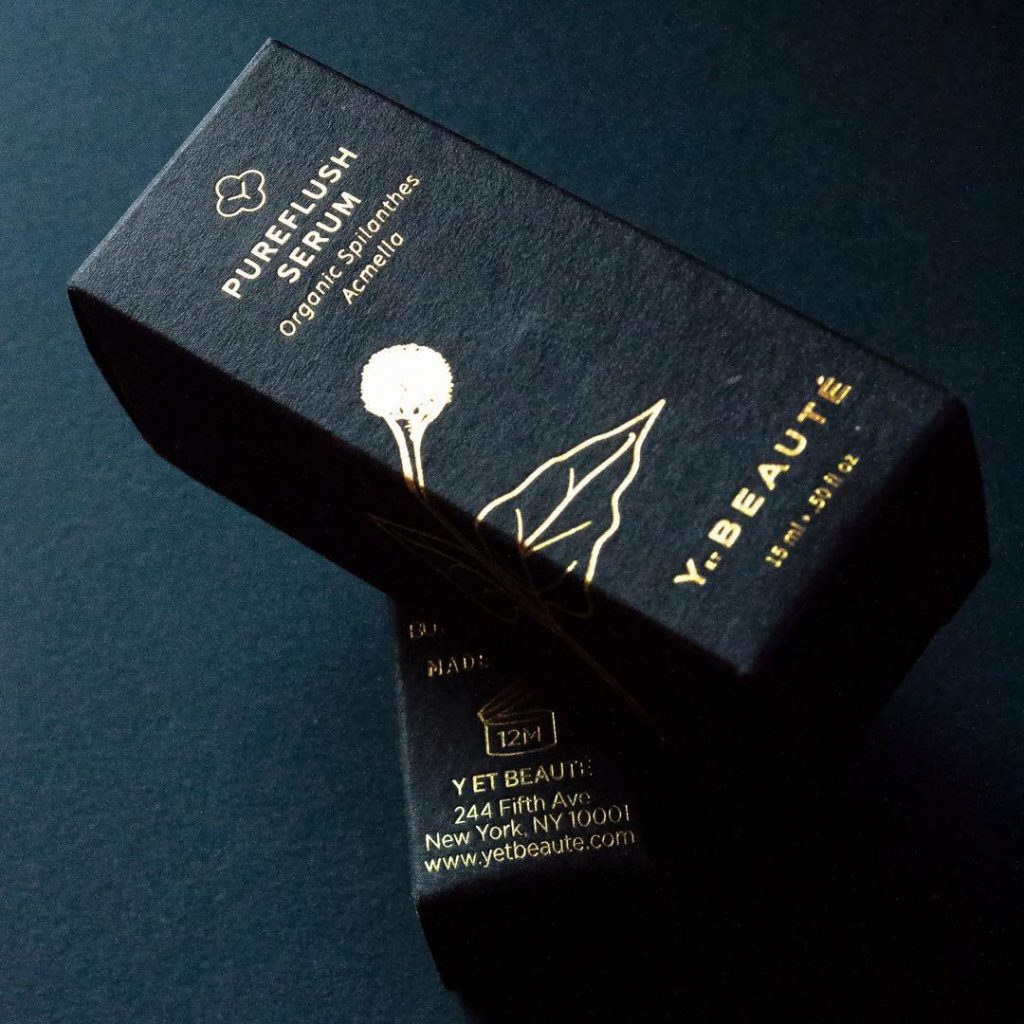
There’s little doubt that sustainability has become an integral part of the consumer experience in today’s culture. In fact, recent studies show that positive consumer attitude toward environmentally friendly products and services has evolved quickly in recent years, and it’s here to stay.
According to Trivium Packaging’s 2021 Global Buying Green Report, two-thirds of consumers consider it essential that the products they buy are in recyclable packaging. More than half take sustainable packaging into consideration when selecting a product. Let that sink in.
Consumers indicate that it is no longer enough to offer a desirable and natural product; it must also align with consumer sentiment and values to be successful. Suppose brand purpose and environmental viewpoints now surpass cost and convenience for shoppers. In that case, it’s time for you to think about how to recycle everything possible, including product packaging.
WHAT HAPPENS WHEN THE UNBOXING MOMENT IS OVER?
In a recent study for Beauty Packaging, 51% of respondents defined paper-based packaging materials as sustainable if the finished product is recyclable. In other words, all of the features of the packaging must be able to be recycled. Thus, a new challenge. How do you create an incredible unboxing experience from a recyclable package?
It all starts with design. There are a dizzying number of choices regarding a package’s end of life and the components that lead to that moment. Can you right-size or use less packaging for your product? If you ship it in a smaller package, will your customer still feel special? Are there beautiful, tactile substrates with environmental certifications? What printing techniques add extra oomph without adding waste to the recycling stream?
The great news is that there are more ways than ever for your package to stand out proudly as a sustainable extension of your brand. Advancements in eco-printing techniques, substrate development, and even the recycling process make meeting your goals more achievable than you might think. So, brands today can design without much restraint in adding signature details that create memorable engagements.

RETHINK INK AND TECHNIQUE
Imagine your product wrapped up in a luxurious uncoated substrate, imprinted with attention-getting foil stamping, or perfectly printed with minimal messaging in metallic ink. Is it still recyclable? This is where it gets confusing for the consumer.
There are known misconceptions about the recyclability of metallic decorated paper and board, but The Foil and Specialty Effects Association (FSEA) experts set out on a mission to debunk those ideas. In 2020, they completed a study with GA Tech to educate others on how hot foil, cold foil, and digital transfer techniques are safe and sustainable to use without fear of compromising the recycling process.
They confirmed that when decorating your carton or label using the appropriate transfer method, the transferred aluminum is turned into fine particles and washed away from the fibers during repulping. Meaning, it is feasible to repulp the metallic foil decorated papers as it is done in typical recycling settings.
Foil transfers are not to be confused with foil lamination, which is a different process that is challenging to recycle or repulp and is not generally considered sustainable. Be sure to work with a reputable printer that knows the difference.
Jeff Peterson, Executive Director for FSEA, offers advice. “If you’re looking at decorating your carton or label with metallic embellishment, do your research and understand the application process. FSEA advocates for foil transfers as your most environmentally friendly option.”
ONCE THE INK DRIES
Let’s talk about ink on paper. Will traditional dye-based, soy-based, pigment-based, or metallic inks on paper affect recyclability? The short answer is no. When processed during recycling, packaging papers are de-inked. The fibers are cleaned of ink, ready to be made into new substrates.
According to Scott Gasch, President of Fey Printing, “The printing industry has really made tremendous strides in accepting accountability for more sustainable ways to produce printed materials. Sky’s the limit in paper-based packaging. I tell my clients asking about sustainable printing; once the ink is dry, it becomes part of the packaging. If you’re working with the right printing partner, they can coach you through every moment from paper choice to production.”
CUTTING EDGE SUBSTRATES WITH SUSTAINABLE STYLE
The perfect packaging often starts with substrate choice. To ensure that you are creating a package that walks the talk, you’ll want to dig deeper into the sourcing of your substrate. Start by looking for uncoated products made from renewable or recyclable materials that come from sustainable sources. Look for substrates where 100% of the fibers consumed are from FSC-certified forests, recycled materials, or other controlled sources.
For an alternative to recycling, consider paper-based packaging that is also compostable. NEENAH® Folding Board now offers three folding board products in 18pt Bright White, Natural White, and PC100 White that are industrial compostable.
When you’re ready to order, think about right-sizing your sheet. Take advantage of low minimum order quantities for custom sheet sizes, giving you maximum yield and minimum waste for your specific project; you could remove approximately 30% of paper waste in some circumstances.

DESIGN WITH PAPER IN MIND
More brands in emerging markets such as CBD, Craft Beverage, and Beauty let the substrate do the heavy lifting, visually communicating the brand’s sustainable values. An example would be using light or natural colored uncoated folding board paired with minimal ink or embellishments. Or choosing bold paper colors like black or charcoal topped with a simple design, appealing to consumers’ senses and inviting touch.
The Y et Beaute brand’s stunning packaging features CLASSIC CREST® Epic Black in Eggshell finish with clean foil-stamped messaging. The result? Must-touch packaging, standing out on shelf and oozing with luxury. All without compromising sustainability goals.
“I felt like we got the best of both worlds: luxury and sustainability. The packaging came from all recycled materials, and the samples were so beautifully done,” says Y et Beaute founder Esther Sutjiawan.
The bottom line, you can create a beautiful, recyclable package that complements your brand and values while standing up for the environment. Do your research, choose wisely, and win.




